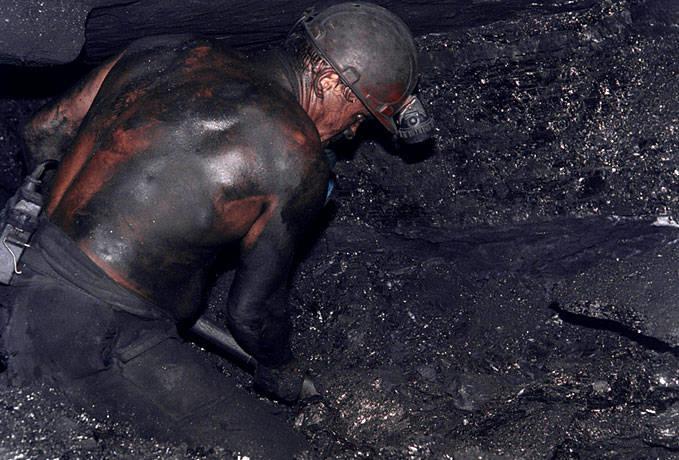
GAS & COAL COMPETITION

The real threat for gas in Europe does not come from Russia, but from internal mechanisms that keep giving an edge to coal. The relation and the competition with the dirtiest fossil fuel is going to be an even more challenging source of risk for gas in the near future, as the price of coal could easily decrease in the coming decade(s).
This was a view emerging from a debate, "coal is going to become even cheaper" said Lady Bryony Worthington, UK's Shadow Minister for Energy and Climate.
The competitiveness of carbon is proven by the carbon intensity of the power sector. EU carbon intensity fell in the period 2010-2013 from 0.33t/MWh to 0.31t/MW due to increasing renewables and falling demand, according to a recent report by Sandbag. Despite the decrease in carbon intensity, though, the share of coal keeps increasing and gas continues losing out, the campaigning organisation founded by Worthington wrote in the study.
In this context, the main efforts have to be made by Germany, Poland and the UK, as these three countries account for 66% of European coal power station emissions.
Worthington also reminded that a part of the volume of CO2 emission allowances originally to be auctioned in the period 2013-2015 are likely to be postponed by 5 years. This process, the so-called backloading, does not reduce the overall number of allowances, but changes the distribution of auctions. This mechanism could have a negative impact on ETS prices in the period 2018-2020, further giving coal an upper hand.
Panellists agreed on the fact that ETS is not, at least at the moment, an efficient method to tackle climate change.
"Politically we cannot rely on ETS, I think we need supplementary policies" Worthington stated, saying that ETS prices are expected to rally in the next 3-4 years, but not enough to support the switch from coal to gas.
The actual system needs some fixing - said the panellists. The only way to achieve the result is a combination of new policies and more factual-based discussions.
"Commission modelling is too optimistic, ETS surpluses could double by 2030" Worthington argued.
It comes as little surprise that Goldman Sachs Group recently lowered their previous forecast for 2016 and 2017 by 10% and 9% respectively. The revision has to do with China - by far the greatest producer and importer of coal. The country decreased by 18% its import of coal in the last 12 months. This is set to have an impact on European coal prices, which could soon decrease.
ANY WAY OUT?
Good news could come after 2040. As predicted by the International Energy Administration, gas will overtake oil in 20 years, and the recent deal between United States and China could gradually help phase coal out.
Meanwhile, the black fuel remains a more daunting hazard for gas than Russia. While European authorities will work to consolidate the deal between Kiev and Moscow, the gas industry has to find a way to increase competitiveness on coal. Finding a single voice and increasing coordination with renewables could help. New ways to implement climate measures are a solution too.
"Carbon intensity is the most sensible metric" Worthington concluded.
The main mistake the gas industry could do now would be to close an eye on current market dynamics, simply hoping that European authorities will solve the problem. A resurgence of coal in Europe would be nonlogical and against any common sense. Years of investments in innovation in the energy sector would be wiped away, bringing Europe back to the age of coal. In this context, the fact that 19 coal plants are under construction in the Continent is not a good sign.
naturalgaseurope.com





